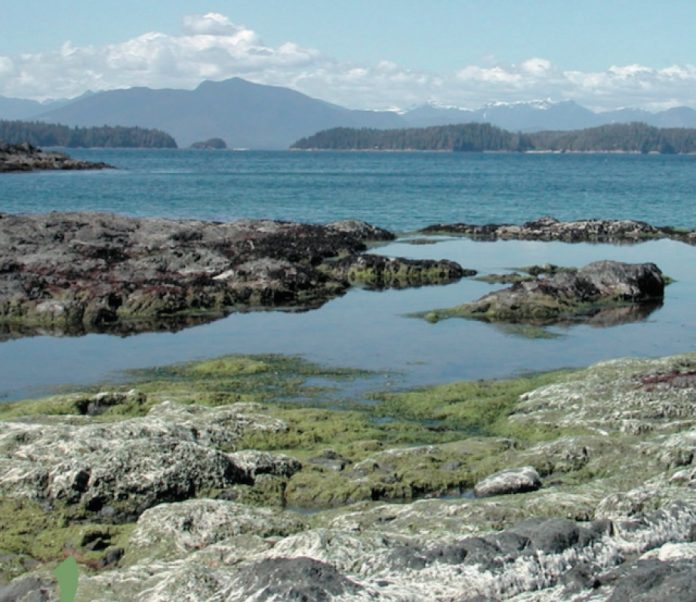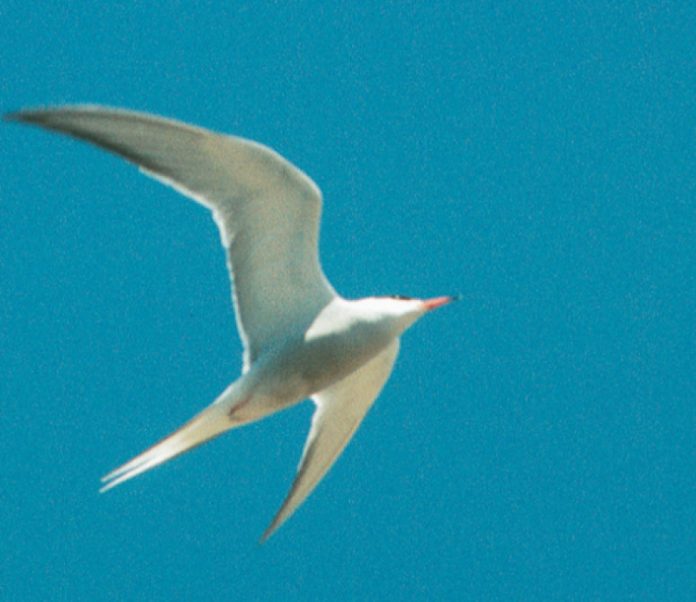It might not be a rule necessarily; perhaps you’d consider it a guideline or maybe a mantra. No matter what you want to call it, these are words to paddle by: Wave to everyone you see. A friendly wave hello is the best way to enrich your trip, build friendships and sometimes get some help along the way.
At the government docks in Silver Islet, a tiny community of 140 dwellings on the north shore of Lake Superior, I pumped my stove to life after a morning of steadily building seas. Between pumps I waved a foggy good morning to a middle-aged couple out for their morning walk.
“That’s not a stove,” Frank yelled over. “Put that thing away and come and have tea with Susan and me.”
The black and white Findlay cook stove was Frank and Susan’s only source of heat in their 19th century log home. Over tea, looking out to where a few cribbings remained, I heard the history of the richest silver mine in the world. Between 1868- and 1884, the Montreal Mining Company extracted $3,250,000 worth of silver from Silver Islet, but it wasn’t easy. At one time the cribbing was 70 feet wide and 20 feet above the water level, expanding the small rock islet to 10 times its original size. Twice, Superior’s storms destroyed the cribbing surrounding the mine and flooded the shaft. Eight hundred feet below the mighty lake’s surface, pumps ran constantly to keep the mine from flooding.The return on investment at this depth was slim and finally, in March of 1884, a fuel supply ship didn’t arrive, the fuel tanks ran dry and the mine flooded for the last time.
As Susan warmed my tea and put the pot back on the hundred-year-old stove, I thanked her for the history lesson and asked why they invited me in.
“You gave us such a friendly wave, we were afraid you’d invite us over,” Susan said, smiling. “It was too cold to stand out there waiting for you to get that little stove going.”
Waving hello is the golden rule if you do happen to need something along the way. Maybe its fresh water or a telephone to update your float plan. Or maybe you just need a small piece of shoreline along Lake Ontario to call home for the night. Paddling the Toronto waterfront is a mixture of breakwaters, marinas and ritzy waterfront homes offering few places to land a kayak and even fewer to pitch a tent.
George McGillicutty was cutting his grass when my kayak surfed to shore in his backyard. I dragged my boat up to a rusty snow-fence post holding a weathered “private beach—KEEP OFF” sign. George saw me walking up his pebbly beach and steered his Toro mower toward me.
George is a semi-retired stockbroker. He still commutes three days a week to Bay Street. He’d like to make it four, but his family thinks he should quit altogether.Too much stress on his heart they say.
“Hi, my name’s Scott,” I hollered and waved over the screaming lawn mower. “I left Thunder Bay three months ago and I’m headed home to Hamilton.” I offered a handshake.
“I’ll be God-damned, that’s a long way,” said George. “Pull your boat up a bit further. You’d better spend the night. This whole stretch of water is private. Nobody will let you camp along here.”
Nobody, that is, until I gave George a friendly wave.
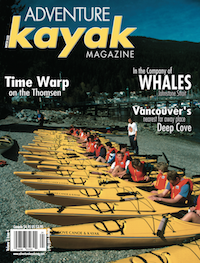 This article first appeared in the Winter 2002 issue of Adventure Kayak Magazine. For more great content, subscribe to Adventure Kayak‘s print and digital editions here.
This article first appeared in the Winter 2002 issue of Adventure Kayak Magazine. For more great content, subscribe to Adventure Kayak‘s print and digital editions here.




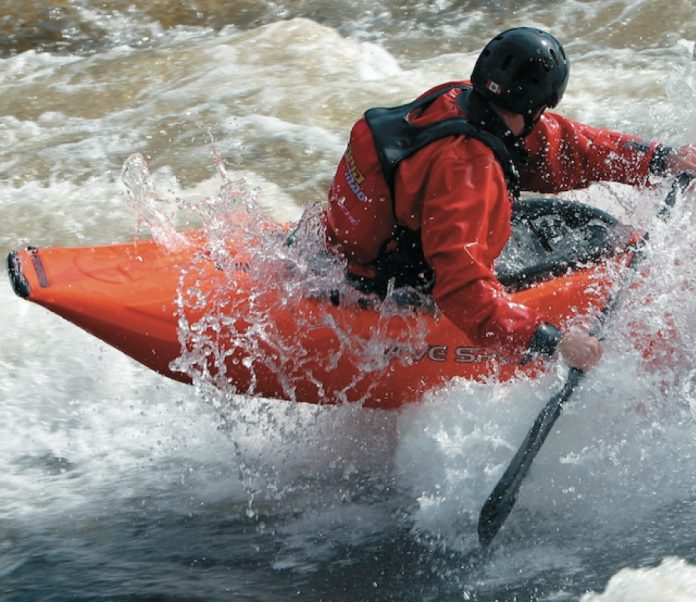
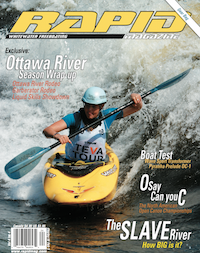 This article first appeared in the Winter 2002 issue of Rapid magazine. For more great boat reviews, subscribe to Rapid’s print and digital editions
This article first appeared in the Winter 2002 issue of Rapid magazine. For more great boat reviews, subscribe to Rapid’s print and digital editions 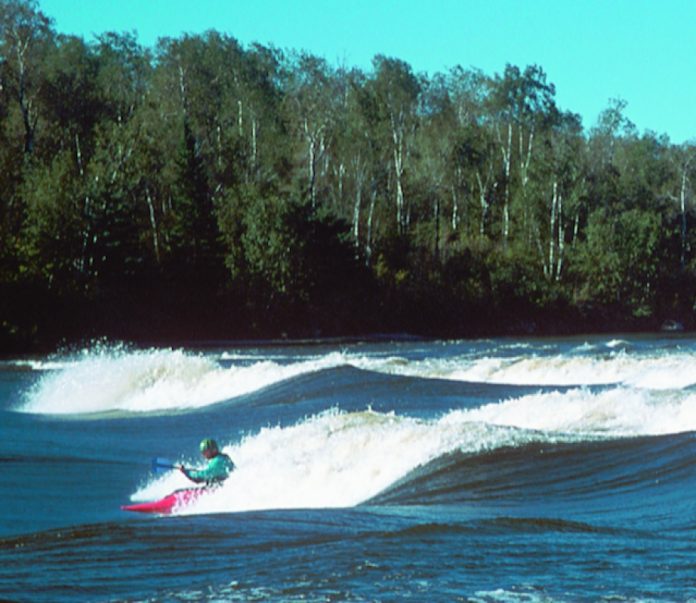
 This article first appeared in the Fall 2002 issue of Rapid Magazine.
This article first appeared in the Fall 2002 issue of Rapid Magazine.
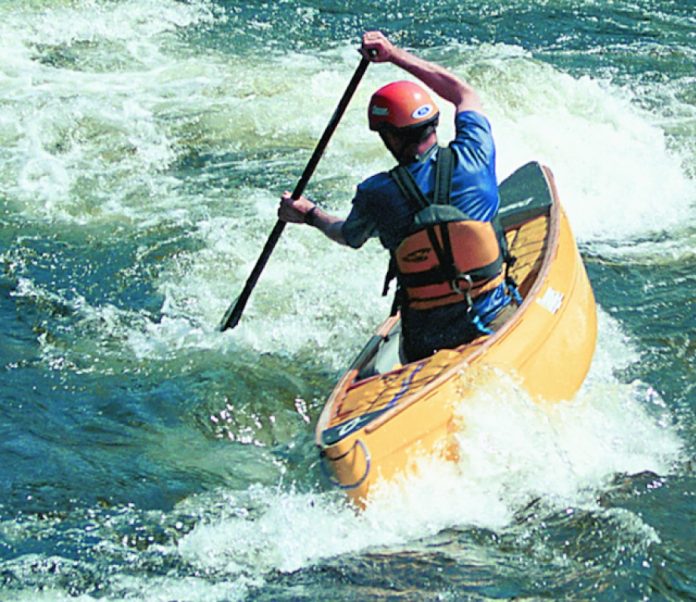
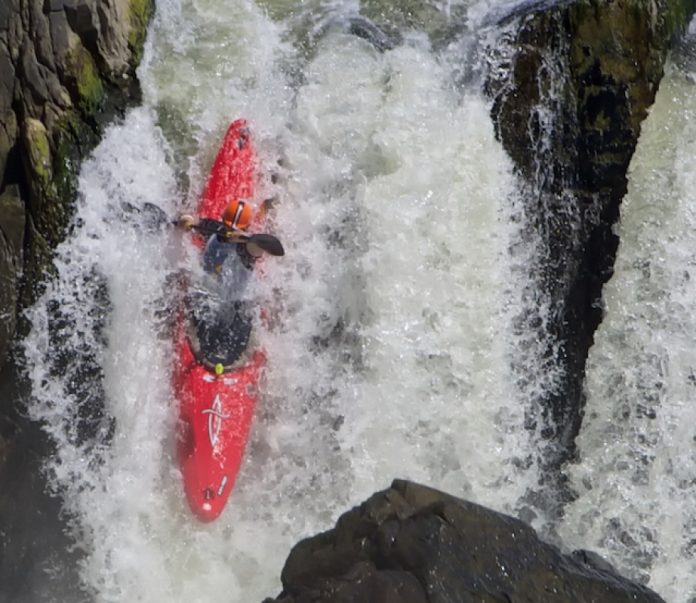
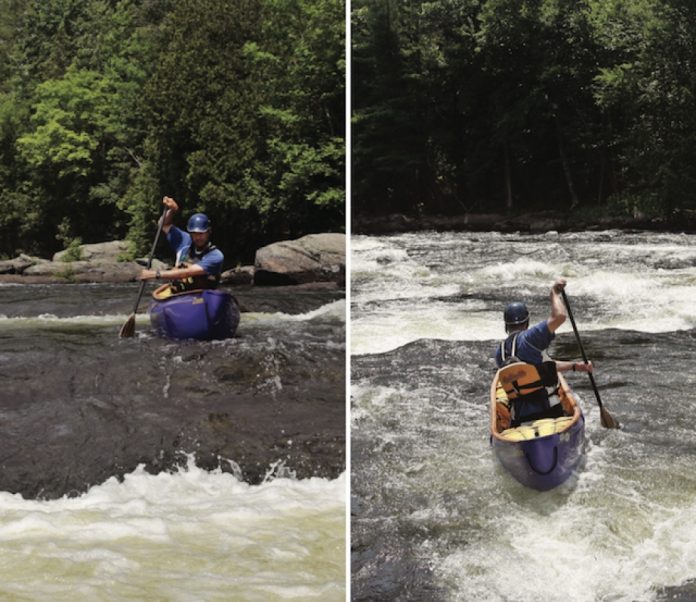
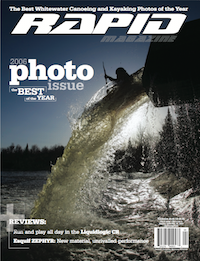 This article first appeared in the Fall 2006 issue of Rapid Magazine. For more great content, subscribe to Rapid’s print and digital editions
This article first appeared in the Fall 2006 issue of Rapid Magazine. For more great content, subscribe to Rapid’s print and digital editions 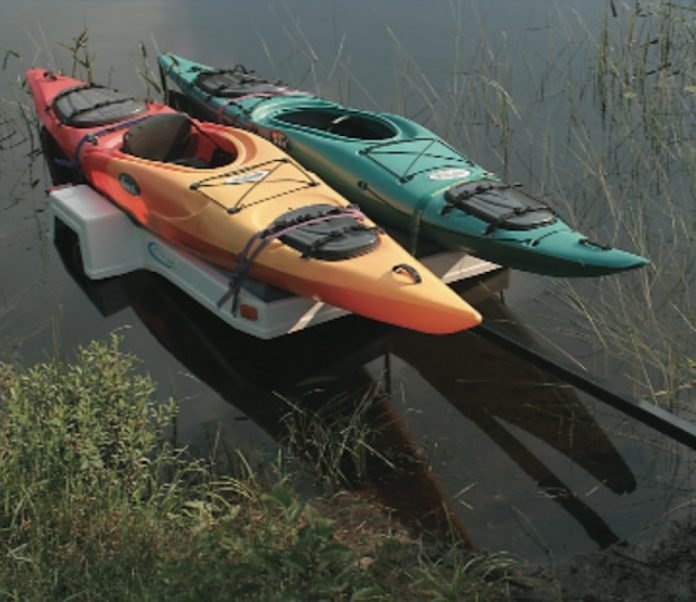
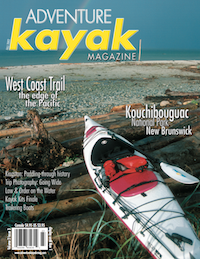 This article first appeared in the Fall 2002 issue of Adventure Kayak Magazine. For more great content, subscribe to Adventure Kayak’s print and digital editions
This article first appeared in the Fall 2002 issue of Adventure Kayak Magazine. For more great content, subscribe to Adventure Kayak’s print and digital editions 